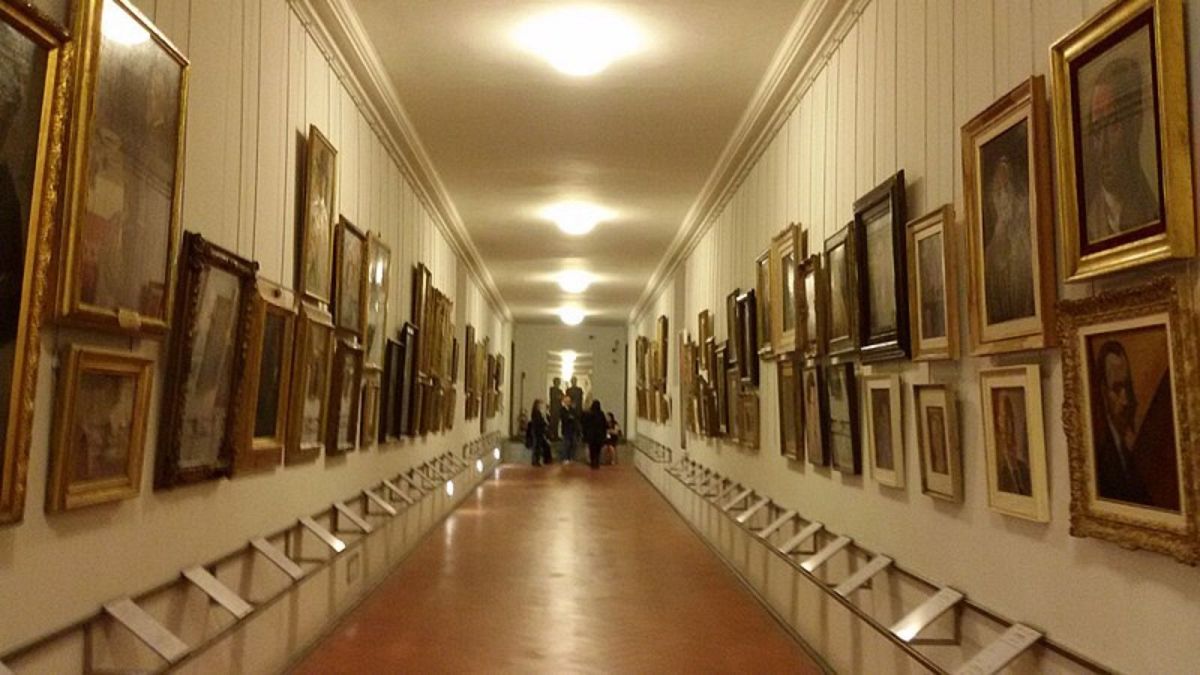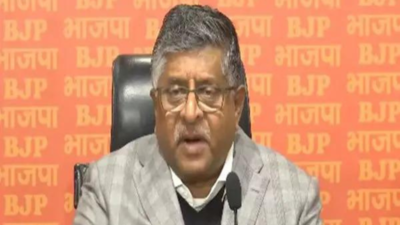A certain politician recently declared that the White House would smell like curry if their opponent won the election — like it was a bad thing. I thought that after Bridgerton, we were done with the curry jokes. Because curry can’t be reduced to a cartoon stereotype.
It isn’t just one specific dish. It’s a culinary titan. “Indian curries are an intricate tapestry, woven with a vibrant medley of spices that harmonize to craft a culinary masterpiece,” said Chef Sujan of newcomer Indian molecular gastronomy sensation Baar Baar.
Worldwide, the word ‘curry’ is a kaleidoscope, evoking the identities and cultures of people with their own versions of the dish. In L.A.
, Indian, Chinese, Thai, Burmese, and Japanese arrivals brought their own recipes with them, infusing the city with their own aromatic contributions. Angelenos — it's time to release this exuberant creation from its narrow cavern and embrace its magnitude. Here’s your journey across curries and cultures.
When writing my own book on Indian spice blends, Masaleydaar: Classic Indian Spice Blends, I found early references to ‘curry’ in mid-19th century British and French cookbooks. This loose term (which originates in South India) referenced sauce-based dishes containing spices like turmeric, ginger, and pepper. Some offered shelf-stable curry powder recipes, but no two recipes for curry powder were alike, and some contained as many as 20 ingredients! And yet, the word stuck, minus cultural or geogra.



















